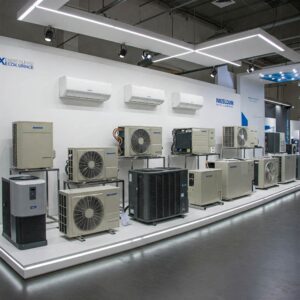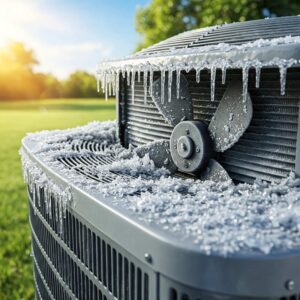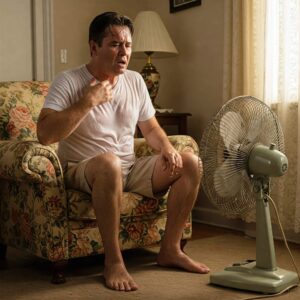The furnace blower motor turns on the fan, which helps circulate air through the furnace and forces warm air out of the system and into the rooms of your home.
As one of the main components in an HVAC system, the blower motor should be checked regularly to make sure that there are no major issues with it. You’ll know if it stops working because heated air won’t come from the vents in your home and we all know what that means in the middle of winter in Alberta.
Checking the furnace blower motor is part of any furnace tune-up but if you encounter problems like the blower motor running constantly or not at all, you can troubleshoot the issue.
Here’s a little more info about why the blower motor is such an essential furnace component and what to do if you spot any of the common signs of a faulty blower motor…
What does the furnace blower motor do?
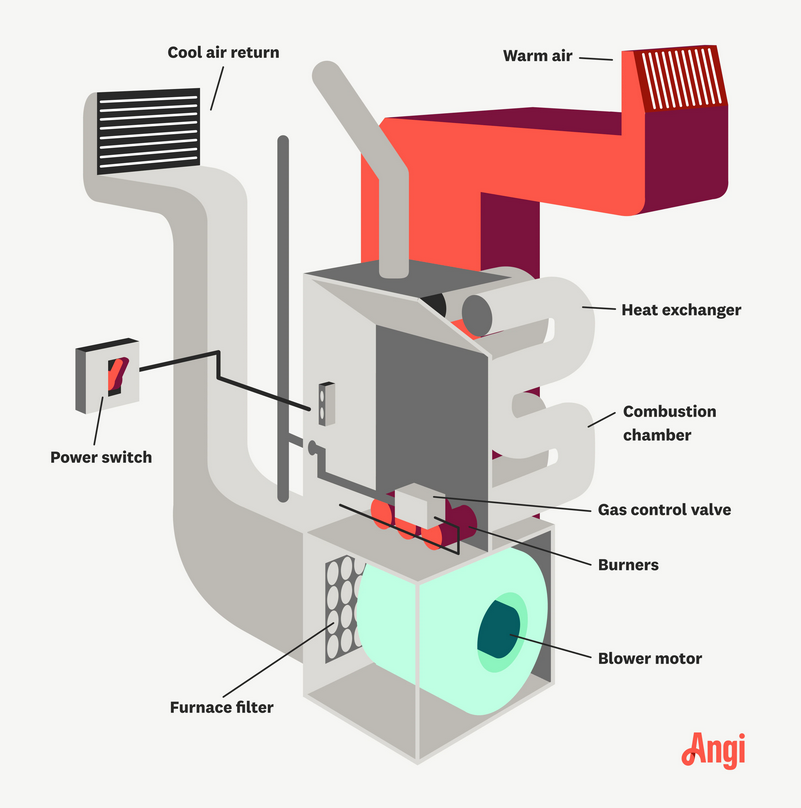
The furnace blower motor is a central component of your HVAC system, turning on the system’s fan and helping to circulate and direct the warm airflow out of the system and into the rooms of your home.
How to check the furnace blower motor
Not all furnace blower motors are the same and not all issues are easily fixed. Most problems require the skills of a professional HVAC technician.
You might, however, want to perform some initial troubleshooting if you have a furnace problem and suspect the blower motor. If you suspect an electrical problem, you’ll need a couple of tools to help check the motor:
- A non-contact voltage tester: an electrical tester that helps to detect the presence of voltage.
- A multimeter: a small box that measures voltage levels, as well as current (amps) and resistance (ohms).
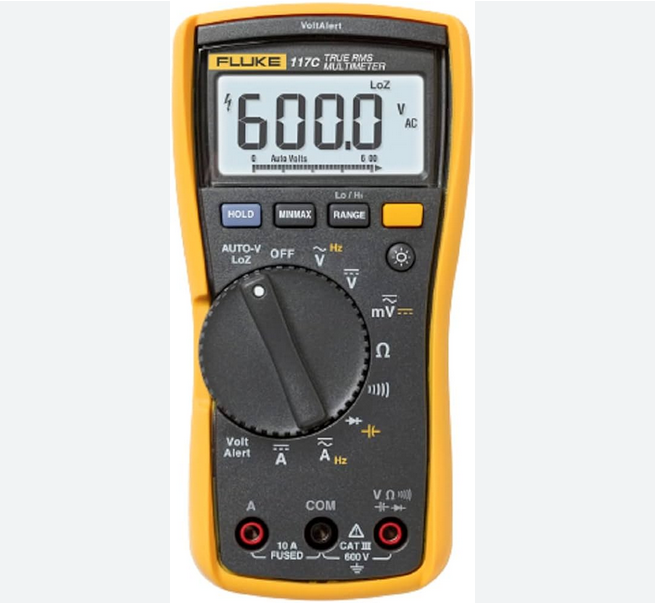
Where is the blower motor on a furnace?
The blower motor is usually located inside the lower section of the furnace, accessible by removing the access panel at the front. You should see the blower motor inside the air handler and next to the slot for the air filter.
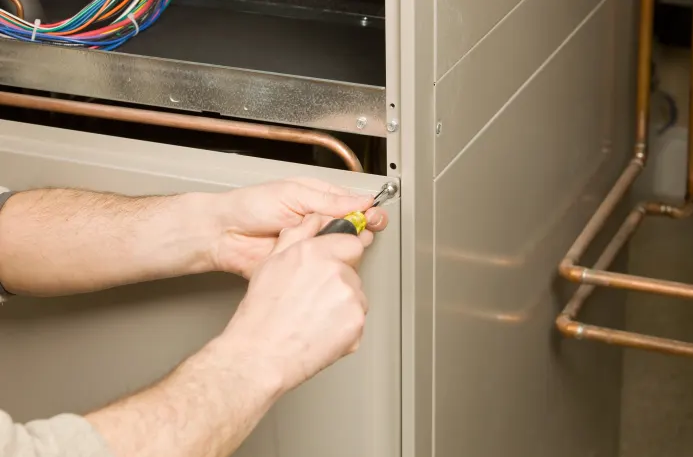
First steps to check the furnace blower motor
Fortunately, checking and testing a blower motor isn’t usually too difficult. Here are the main steps:
- Turn off the power to the furnace. Switch off the electricity at the power furnace switch or from your breaker.
- Remove the access panels by opening the casing to expose the inside structures of the furnace.
- If the blower motor is not working at all, you’ll need to verify the power supply: is power reaching the motor at the correct voltage?
- Locate the motor’s control board or terminals and use your multimeter to verify the voltage (if you’ve never done this before, leave it to the pros). Test continuity from the two wires taking electric current to the motor. Connect the multimeter’s red and black wires to the positive and black terminals, respectively.
- A complete circuit should register small values, which indicates minimal resistance from the positive to the negative terminal. An incomplete circuit will have very high resistance values, indicating the circuit is not complete.
- Sometimes, the electrical supply can be interrupted by corroded contacts or loose connections, in which case you’ll need to call an electrician or HVAC technician but the motor itself may be fine.
- If the motor is not starting despite the electrical supply being uninterrupted, ensure the power is shut off (double-check that no voltage is reaching it) and physically examine the component. The motor may be hot if it’s been running recently so take adequate precautions when handling it.
- The motor may be jammed, so you can try rotating the shaft by hand. The load may be stuck or the motor bearings faulty or worn. This can prevent the shaft from rotating at all or cause it to wobble.
- If the shaft rotates freely, check that any thermal protection devices are not tripped with a visual inspection. You might also use a multimeter to ensure that the resistance across them is zero, allowing electricity to flow uninterrupted to the motor windings.
- Check the thermostat. The furnace blower motor relies on signals from the thermostat, so if this device has a problem, your blower motor may not function correctly.

The above steps can help you check the furnace blower motor for relatively simple issues. Beyond these steps, you’ll need to go deeper into the electrics of the problem by checking the capacitor and motor windings.
Checking the motor windings and capacitor
The motor windings provide a magnetic effect inside the motor. A broken wire in the winding will stop the motor from functioning properly.
Check for resistance using the multimeter. The winding has multiple wires and you can check resistance across each of these. Ideally, readings should be small but larger resistance levels will indicate a problem, such as a broken wire preventing electricity from flowing freely across the system. Such problems are likely to require a replacement blower motor.
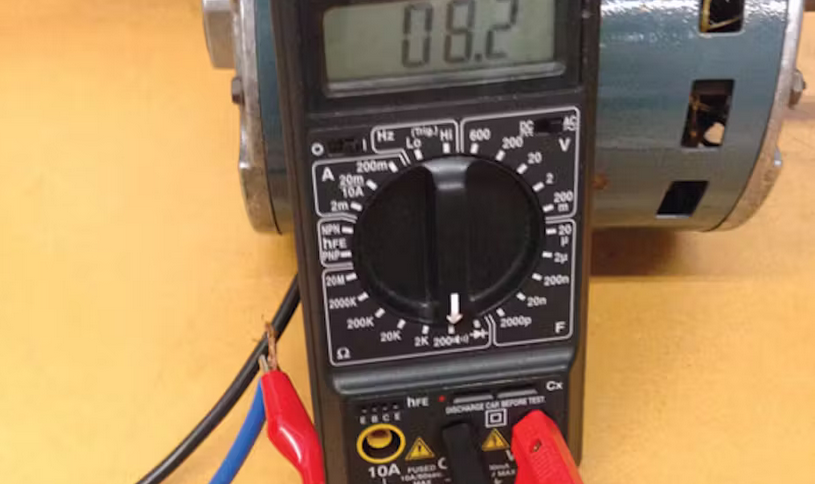
Single-phase motors use a capacitor to improve the performance of the motor. Capacitors store electrical energy. Problems with blower motor capacitors usually cause a failure to start, slow starting or a constant buzzing sound when working. This could be due to normal wear and tear or something else.
Most such problems will need a professional inspection. We would not recommend homeowners trying to troubleshoot at this deeper level unless they have some electrical knowledge because it can be hazardous.
A capacitor failure may require replacement of the capacitor or it may be a bigger issue with the furnace blower motor. Either way, it should be checked thoroughly if the above troubleshooting steps have not identified the issue with the motor.
Why is regular blower motor maintenance important?
Most Calgary homes invest a lot of money in their furnaces and rely on them for heating for most of the year. At least annual maintenance before each winter is a must for the entire heating system.
By scheduling an annual tune-up, you protect both your investment in the furnace and the comfort of your family.

Furnaces have many moving parts—the blower motor is just one of them. All components need to work in unison and balance for an efficient heating system but simple wear and tear will affect all moving parts over time.
Regular maintenance can ensure your furnace keeps on blowing warm air and doing its job properly all year round.
Signs of a faulty blower motor
How do you know if there’s a problem with your furnace’s blower motor?
Before you open up your furnace and start checking various parts, it helps to know what the most common signs of blower motor failure are:
Weak airflow from the vents
If the airflow from your home’s vents is lacking in strength, this should alert you to the need for a furnace checkup as the motor may need cleaning or replacing, depending on the underlying issue.
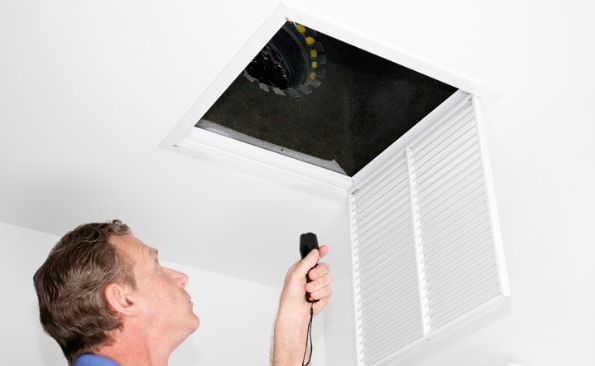
No airflow from the vents
If there is no airflow, the furnace blower motor may not be working at all or it could be an issue with the thermostat.
Unexplained rises in energy usage
If your monthly electricity bills are increasing without a reasonable explanation, the HVAC system is a prime suspect because it generally consumes more energy than any other system or appliance in your home.
Within the HVAC system, the blower motor is one of the most energy-hungry components, so rising bills could point to the motor working harder than it would normally do.

Strange sounds
The furnace should operate relatively quietly most of the time. If there is a high-pitched squeal or strange rattling noises coming from the unit, it could be the blower motor’s bearings to blame.
An overheating system
If your blower motor isn’t functioning properly, it may cause overheating across the entire system. Don’t ignore this potentially serious problem as it could lead to a complete system malfunction.
Burning smells
Unpleasant burning smells coming from your furnace could be due to several reasons but all of them require professional attention from an HVAC technician—including a faulty blower motor.

Main reasons why blower motors develop faults
The most basic blower motor issues may be easily fixed but other issues require professional attention and even a new motor.
Two simple reasons for blower motor failure are that the thermostat is set incorrectly and the fan limit control switch needs resetting or replacing. Both can cause excessive wear and tear on the motor.
With a fully functional furnace system, you should hear the HVAC fan running for two or three heating cycles per hour.
If the thermostat is not set correctly, it may cause the fan to run all the time, which will exert excessive pressure on the motor and could damage it. Simply turning the thermostat back to the AUTO setting could resolve this issue.
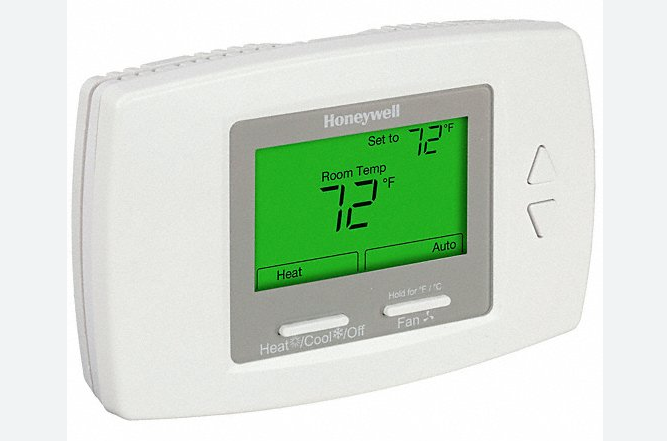
The fan limit control switch is a safety device that monitors the temperature inside the furnace and will shut off the system components when the temperature limits are hit. If this switch malfunctions, the fan may run all the time and damage the motor. Resetting or replacing the switch should fix the issue and help protect the motor.
Should you replace or repair your furnace blower motor?
Your HVAC technician will recommend whether to repair or replace your furnace blower motor if it has a problem.
Furnace motors may outlast your furnace but usually have a life of 10-20 years. Sometimes, though, it’s more cost-effective to upgrade the motor than to keep repairing your furnace because motors are relatively inexpensive to buy.
To replace a motor, first locate the motor nameplate. It can be difficult to find an exact replacement but you should be able to find one with the required horsepower, RPM, voltage, number of speeds, and mounting type.
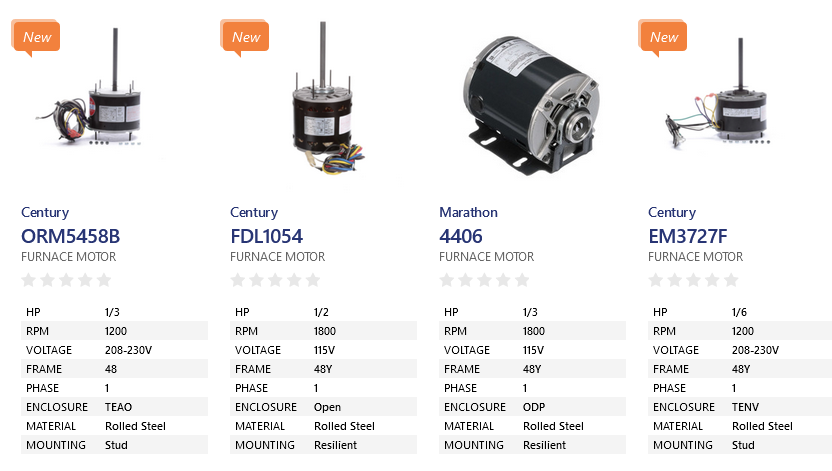
How much is a furnace blower motor?
New furnace blower motors cost between $150 and $800 in Canada, depending on the type of furnace you have, the brand of motor you choose, and the horsepower requirements.
Furnace tune-ups in Calgary
You should now be able to troubleshoot a problem with a blower motor and identify if it’s time to call furnace repair professionals.
Whether you need a repair or replacement for your motor, it’s best left to professional HVAC technicians so that the safety, indoor air quality and comfort levels in your home are not compromised.
We provide year-round furnace tune-ups for all types and brands of furnaces in Calgary. All of our furnace professionals are SAIT-certified and highly trained to get the job done efficiently.
Call us at 403-236-4366 or contact us online to book furnace maintenance.
